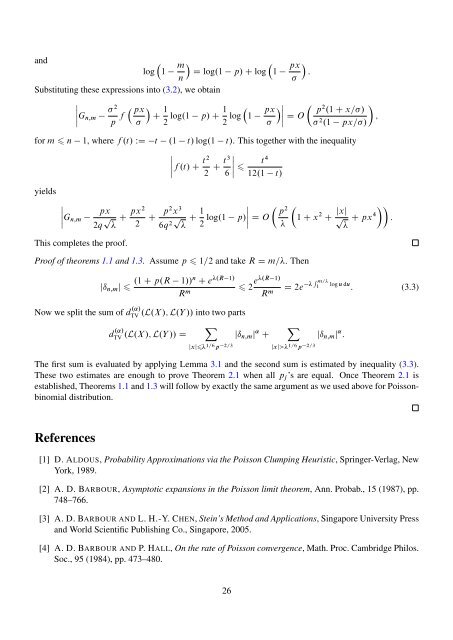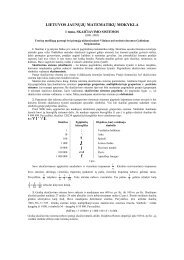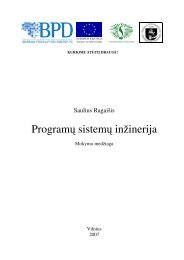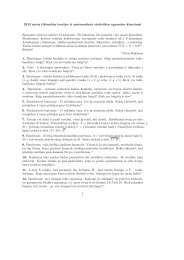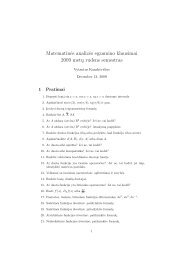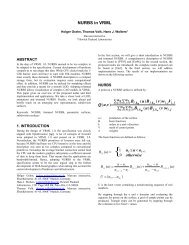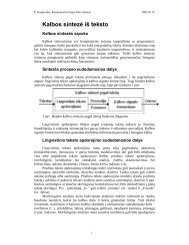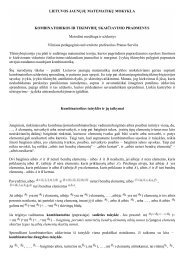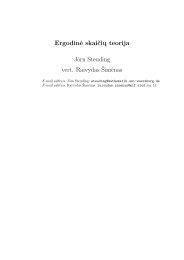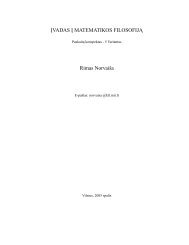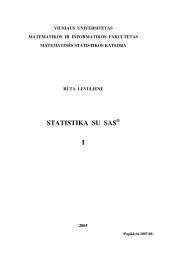andmlog 1 D log.1nSubstituting these expressions into (3.2), we obtainˇˇGn;m 2 pxp f C 1 2 log.1 p/ C 1 2 log 1p/ C log 1px: px pˇˇˇˇ 2 .1 C x=/D O; 2 .1 px=/for m n 1, where f .t/ WD t .1 t/ log.1 t/. This together with the inequalityˇˇf .t/ C t 2 2 C t 3 6 ˇ t 412.1 t/yieldsˇˇGn;mpx2q p C px22 C p2 x 36q 2p C 1 2 log.1 p2p/ˇˇˇˇ D O1 C x 2 C jxj pC px 4 :This completes the proof.Proof of theorems 1.1 and 1.3. Assume p 1=2 and take R D m=. Thenjı n;m j .1 C p.R 1//n .R 1/1/C e e.R 2R m R mD 2e R m=1 log u du : (3.3)Now we split the sum of d .˛/TV .L.X /; L.Y // into two partsXd .˛/TV .L.X /; L.Y // Djxj 1=6 p2=3 jı n;m j˛ CXjxj> 1=6 p2=3 jı n;m j˛:The first sum is evaluated by applying Lemma 3.1 and the second sum is estimated by inequality (3.3).These two estimates are enough to prove Theorem 2.1 when all p j ’s are equal. Once Theorem 2.1 isestablished, Theorems 1.1 and 1.3 will follow by exactly the same argument as we used above for Poissonbinomialdistribution.References[1] D. ALDOUS, Probability Approximations via the Poisson Clumping Heuristic, Springer-Verlag, NewYork, 1989.[2] A. D. BARBOUR, Asymptotic expansions in the Poisson limit theorem, Ann. Probab., 15 (1987), pp.748–766.[3] A. D. BARBOUR AND L. H.-Y. CHEN, Stein’s Method and Applications, Singapore University Pressand World Scientific Publishing Co., Singapore, 2005.[4] A. D. BARBOUR AND P. HALL, On the rate of Poisson convergence, Math. Proc. Cambridge Philos.Soc., 95 (1984), pp. 473–480.26
[5] A. D. BARBOUR, L. HOLST AND S. JANSON, Poisson Approximation, Oxford Science Publications,Clarendon Press, Oxford, 1992.[6] A. D. BARBOUR AND J. L. JENSEN, Local and tail approximations near the Poisson limit, Scand.J. Statist., 16 (1989), pp. 75–87.[7] V. ČEKANAVIČIUS AND J. KRUOPIS, Signed Poisson approximation: a possible alternative to normaland Poisson laws, Bernoulli, 6 (2000), 591–606.[8] L. H. Y. CHEN, Poisson approximation for dependent trials, Ann. Probab., 3 (1975), pp. 534–545.[9] P. DEHEUVELS AND D. PFEIFER, Operator semigroups and Poisson convergence in selected metrics,Semigroup Forum, 34 (1986), pp. 203–224.[10] P. DEHEUVELS AND D. PFEIFER, On a relationship between Uspensky’s theorem and Poisson approximation,Ann. Inst. Statist. Math., 40 (1988), pp. 671–681.[11] P. DEHEUVELS, D. PFEIFER AND M. L. PURI, A new semigroup technique in Poisson approximation.Semigroups and differential operators, Semigroup Forum, 38 (1989), pp. 189–201.[12] P. FRANKEN, Approximation des Verteilungen von Summen unabhängiger nichtnegativer ganzzahlerZufallsgrössen durch Poissonsche verteilungen, Math. Nachr., 23 (1964), pp. 303–340.[13] H. HERRMANN, Variationsabstand zwischen der Verteilung einer Summe unabhängiger nichtnegativerganzzahliger Zufallsgrössen und Poissonschen Verteilungen, Math. Nachr., 29 (1965), pp. 265–289.[14] H.-K. HWANG, Asymptotic estimates of elementary probability distributions, Stud. Appl. Math., 99(1997), pp. 393–417.[15] H.-K. HWANG, Asymptotics of Poisson approximation to random discrete distributions: an analyticapproach, Adv. in Appl. Probab., 31 (1999), pp. 448–491.[16] S. JANSON, Coupling and Poisson approximation, Acta Appl. Math., 34 (1994), pp. 7–15.[17] J. E. KENNEDY AND M. P. QUINE, The total variation distance between the binomial and Poissondistributions, Ann. Probab., 17 (1989), pp. 396–400.[18] J. KERSTAN, Verallgemeinerung eines Satzes von Prochorow und Le Cam, Z. Wahrscheinlichkeitstheorieund Verw. Gebiete, 2 (1964), pp. 173–179.[19] Y. KRUOPIS, The accuracy of approximation of the generalized binomial distribution by convolutionsof Poisson measures, Lithuanian Math. J., 26 (1986), pp. 37–49.[20] K. LANGE, Applied Probability, Springer Texts in Statistics. Springer-Verlag, New York, 2003.[21] L. LE CAM, An approximation theorem for the Poisson binomial distribution, Pacific J. Math., 10(1960), pp. 1181–1197.[22] M. PENROSE, Random Geometric Graphs, Oxford University Press, Oxford, 2003.[23] S. D. POISSON, Recherches sur la probabilité des jugements en matière criminelle et en matièrecivile: précedés des règles générales du calcul des probabilités, Bachelier, Paris, 1837.27


